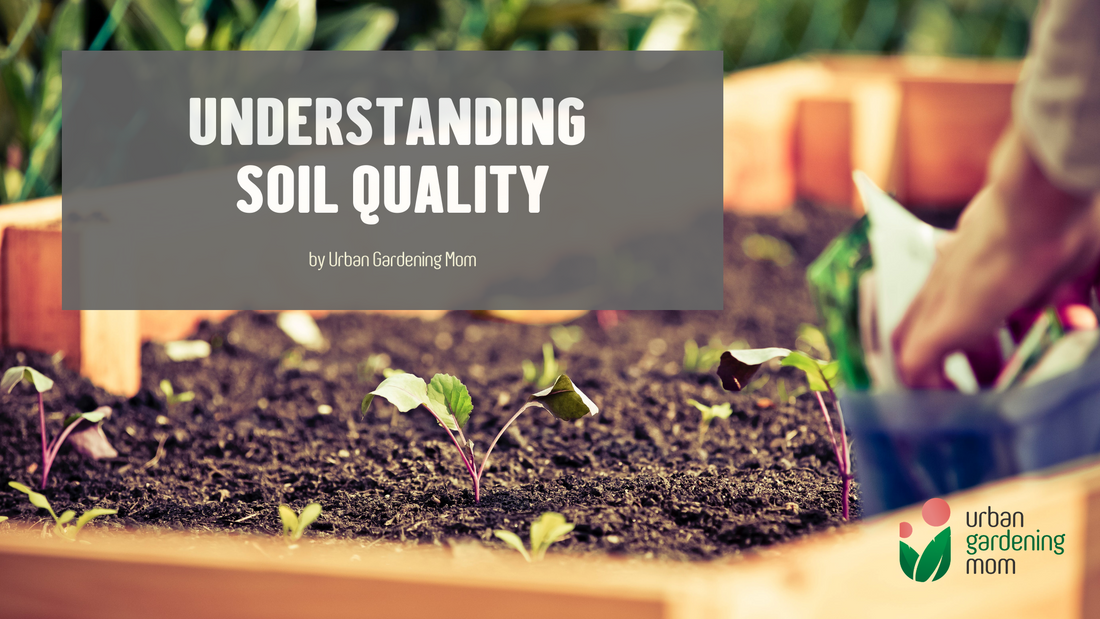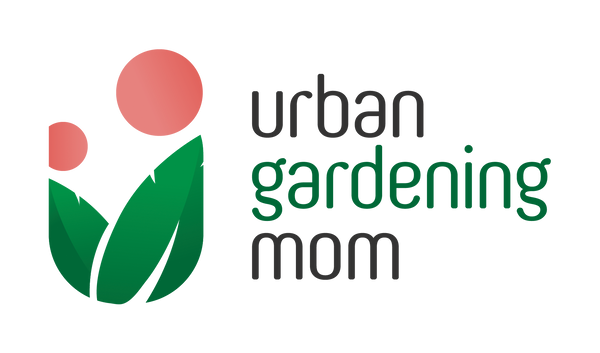
Understanding Your Garden’s Soil Quality
Share
Unless you are into hydroponics, maintaining healthy soil is crucial in gardening because the soil is where your plants get most of their nutrients. Many of us tend to forget the importance of good soil quality, whether your plants are grown in pots or on the ground. A healthy soil must have good texture, lots of organic matter and the right pH level (preferably neutral for most plants).
There is a common misconception that simply adding fertilizer to the soil on a regular basis improves soil quality. On the contrary, too much fertilizer can be damaging to plants and it could adversely affect the quality of our garden’s soil. As soil quality deteriorates, plant growth and productivity also decline over time, and plants become more susceptible to a lot of diseases in the long term.
Fortunately, in most cases, you can improve the quality of your soil by simply adding more nutrients or amending its quality. I found a useful article online ( “The Spruce”) that recommends a few simple tips for improving and maintaining a healthy soil quality. (Source: “Healthy Soil and How to Make it” by Colleen Vanderlinden ).
Test Your Soil
The article suggests some practical techniques to evaluate the quality of our garden soil. Specifically, there are 4 DIY soil tests to enable us to learn more about the level of life in our soil and what its texture is like. The first test is the “Squeeze Test” – If you squeeze a handful of moist soil from your garden, and it holds its shape and/or crumbles when lightly poked, this means that you have a good loamy soil. The second test is the “Percolation Test” – to determine whether the soil drains well or not by digging a 6-inch hole on the ground and filling it with water. If it takes more than several hours for the water to drain completely, then the soil has poor drainage. The third test is the “Worm Test” – If worms survive in your soil, then it’s a healthy soil. The last test is the “pH level Test”. Determining the soil’s pH (acidity) level helps us better understand why some of our plants can not thrive well on certain soil conditions.
Once we determine the soil’s acidity level, for instance, we can find ways to address our issues by amending the soil, if needed. Even without a test kit, you can determine if the soil is too acidic or not, by using either vinegar or baking soda. To do this, collect samples of soil from different parts of your garden. In a container, pour 1/2 cup of white vinegar unto the sample soil.
If it fizzes, you have an alkaline soil. If it doesn't fizz, then you can test if the soil is acidic. Moisten the soil with distilled water. Add about 1/2 cup of baking soda. Again if it fizzes, then your soil is acidic. After doing both tests, and your soil does not react to any of these substances, then it's pH neutral. (However, if you don’t want this hassle, there are gadgets available in online supply stores that can do the trick).

Add Organic Matter
Adding organic matter is a sure way to improve your soil quality. Whatever is the current state of your garden soil, adding more compost or organic matter will fix it over time. Adding vermicast or rabbit manure are a good way to condition the soil. You may also apply an EM-based solution as it helps induce the growth of beneficial micro-organisms in the soil. EM (Effective Micro-organisms) is a pro-biotic solution that harnesses beneficial micro-organisms as a way of conditioning your soil. In other words, it speeds up the "curing" period of your soil- something that nature is supposed to do if left undisturbed over time. Kitchen scraps, like banana peels, eggshells, coffee grounds and fish parts are likewise helpful because they are rich in nutrients that our plants need for growth and stamina.
Adjust Your Soil’s pH
Most plants thrive best if the soil pH is neutral. The more common problem for urban gardeners is that the soil may have become too acidic. This may be a result of too much pollution in the atmosphere that eventually found its way into our soil through the acid rains and urban drainage systems. So if you suspect that your soil is too alkaline (high pH), adding compost regularly is the best way to cure this over the long term. On the other hand, if you think your soil is too acidic (low pH), adding garden lime will increase pH level. Alternatively, choose which plants to grow, bearing in mind the plants that thrive well in either acidic or alkaline soil.
Disrupt Soil as Little as Possible
Minimize disrupting or tilling the soil when gardening. The more we disrupt the soil, the more we disrupt the eco-system, which includes all the organisms that thrive in our soil. This works well for me because it minimizes the work that I have to do. When adding organic matter, just place about an inch of compost material, mixed lightly on top of your garden soil and let the earthworms work it in for you. (Note however that if you use scrap fish parts, make sure to bury them at least 6 inches into the soil to prevent your pets from digging them up.)
For Potted Plants, Use Good Quality Potting Media

Whenever I conduct a container gardening workshop, I always emphasize the use of quality potting media. A good quality potting media should be well draining, has good aeration and it must not become sticky, muddy or compacted over time. The most common problem that gardeners encounter when growing potted plants is root rot. Decaying roots is oftentimes a result of water-logged soil which can be prevented if you use a well-draining potting media.
If you suspect that your soil or potting media is not draining well enough, you may amend it by adding materials like perlite, pumice, or vermiculite. The recommended ratio for these materials vis-a-vis your garden soil is between 20- 30%. Others use a special kind of imported soil, called "Akadama" which is typically used in growing bonsai or succulents. Akadama is priced for its ability to drain excess liquid and still be able to retain some moisture and nutrients. However, it's very pricey and is not really necessary, unless you're the type who wants to pamper your plant babies. Another technique is to use hydroton or clay pebbles. This can be mixed with your potting media or soil, or can be used to line the bottom of your pot (about 1 cm) before adding the soil.
In sum, a lot of the problems we encounter as gardeners have something to do with the quality of the soil or grow media that we use. Understanding soil quality helps us improve our plants’ health over the long term, by addressing the issue at its “root cause” (so to speak). Happy gardening!

1 comment
Hi, good day. I’m Lee from Cebu City. Right now I’m growing lettuce lollo bionda seeds using compost soil from tamarind and now it’s germinating. Last week, I bought a garden soil, a cows manure and rice hulls for transplanting. I wanna ask if it’s okay to use that kind of soil mix since I’m not sure it’s acid level.